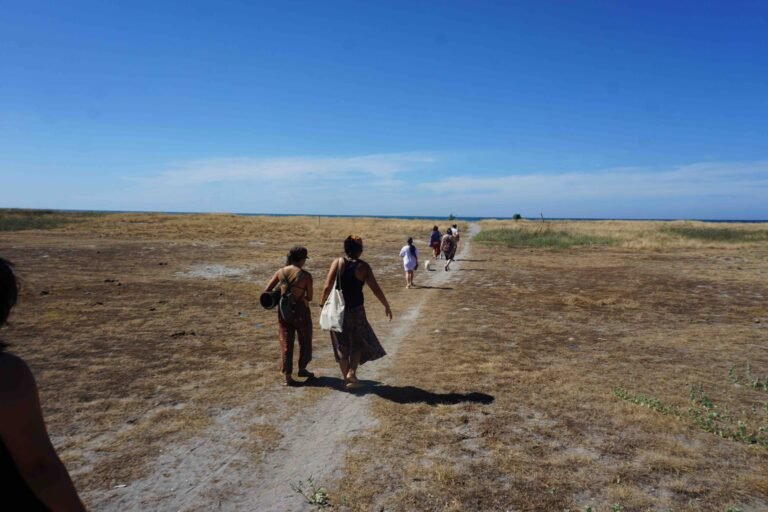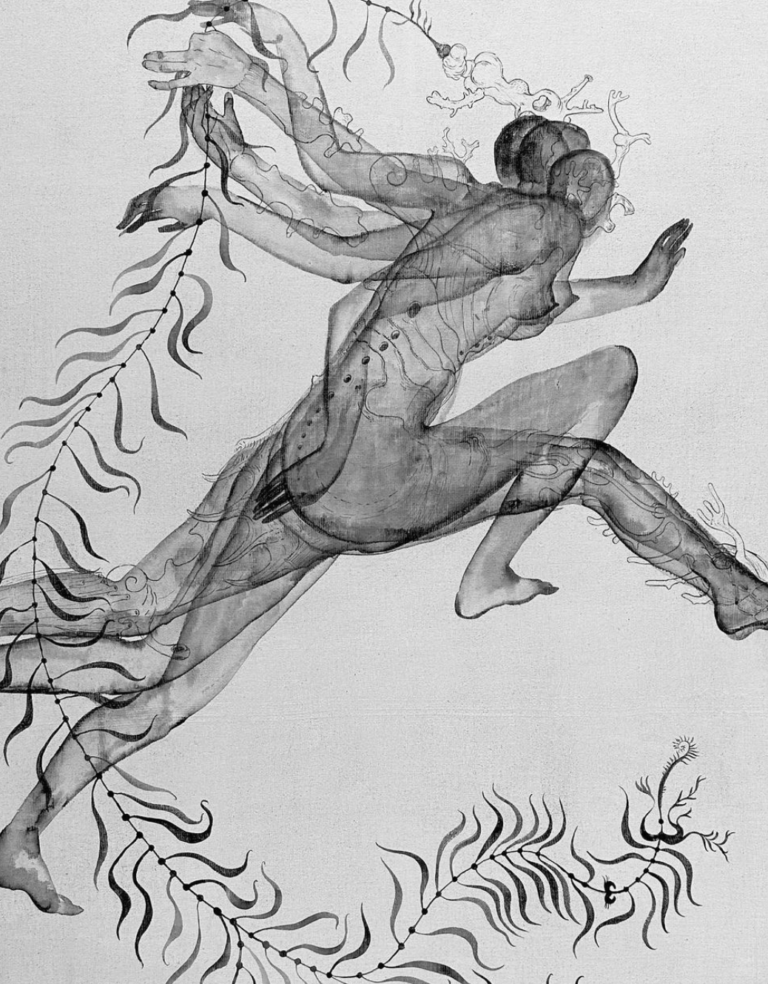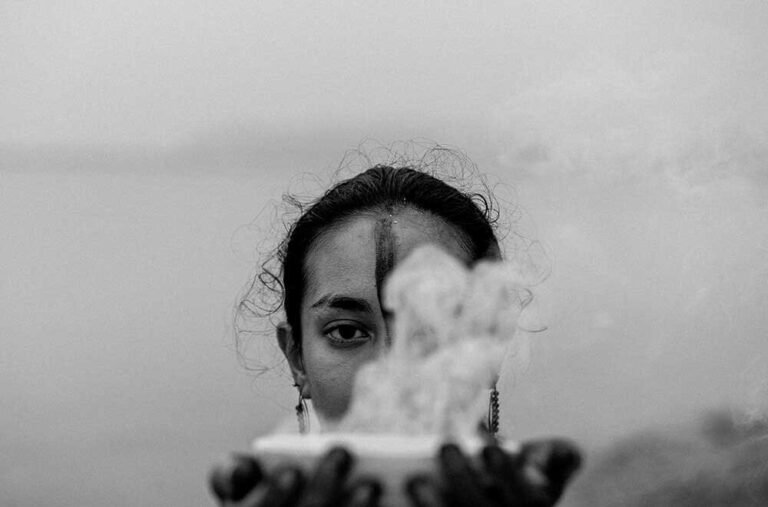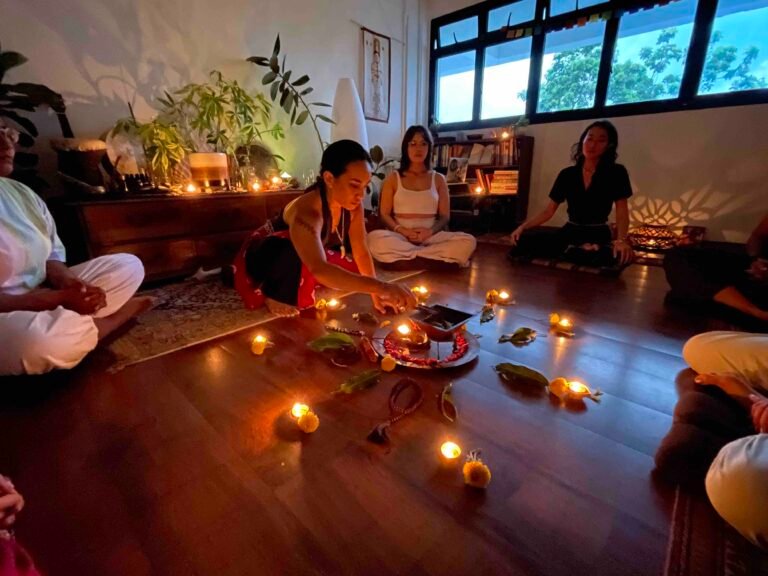Cacao cultivation and chocolate production originated in Mesoamerica during the early BCE era, and for the Olmecs, Mayans, Aztecs, and other Mesoamerican civilizations, cacao (or kakawa).
Mesoamerica to Southeast Asia
Much of the existing literature on the global spread of cacao focuses primarily on its path between South and Central America, Europe, and North America. In the 1660s, cacao began to spread not only to Europe but also across the Pacific Ocean to the Philippines and the South Pacific; due to the Spanish colonisation. Since cacao thrives near the equator, Spain or Northern regions could not produce cacao. Cacao only thrives on the cacao belt, and the Philippines hits the sweet spot as the gateway entry from the Spaniards. Only later on did it extend to the rest of the Southeast Asia.
Much of existing research focuses solely on the European and North American cultivation, production, and consumption of chocolate as it spread from the elites to the masses. This leaves out an important element in the story of how chocolate rose in Asia, particularly in Southeastern and South Pacific Asia, played a crucial role in contributing cultivation and production of cacao.

Cacao in the Philippines
The Cacao fruit has always been accessible to all types of people in the Philippines – it didn’t matter if you’re rich or poor, an elite or a native, chocolate was simply everywhere and for everyone. It is so loved, it is part of our breakfast – as enjoyed as tableya or champorado.
It’s something we all grew up with. Our neighbour had a farm in a near by town, and she would bring over to us freshly harvested cacao – this cacao was purely for friends and family. We had the benefit of enjoy this non-commercialised, high grade, organic cacao.
As a child, it was my not-so-secret dream to become a chocolatier, ever inspired by the movie Chocolat that challenged religious norms and advocated for balanced indulgence, pleasure, and enjoyment of living; rather than suppression or martyrdom that is often popularised or valorised.
In 2020, the Taal Volcano erupted, already three times since that year. This has had a direct affect on the cacao farms of my neighbour. This was also the year the pandemic hit. The batch of cacao I had whilst I was here in Singapore – was suddenly the last batch of cacao that I grew up with that I had access to. I felt that, this last batch has to be honoured and shared. The regeneration of this farm may take years to come; for cacao trees only flower in four to six years. The eruption of this volcano was an initiation from the earth herself, to remember to the origins of cacao as a way to honour its ceremonial and medicinal potency.
Appropriate Ceremonial Approaches
Given my maternal ancestral rooting in the Philippines, naturally growing up with the medicine of cacao, and having the privilege to grow up around indigenous communities and wild nature, animist spirituality is where I strengthen and base my ceremonial approach. I draw plenty from Filipino indigenous spirituality, with values of community, and given how cacao is so naturally part of our lives in the Philiipines. Along with the said trade routes from Mesoamerica, to the South Pacific islands, with the Philippines as continuing the heirloom lineage of cacao from the Mayans.
Given the popularisation of spiritual commercialism, particularly in Western contexts and with the rise of influencer culture, along the trendy aesthetics of spirituality; discernment is crucial. I continue this cacao ceremonial offering with the transparency of rooting from my own maternal lineage which localises the context, along with the art of sourcing from small businesses that work directly with indigenous farmers in the Philippines, and grounding the ceremonial structure with safe boundaries, honouring of the plant spirit, and a balance of informed yet intuitive wisdom.
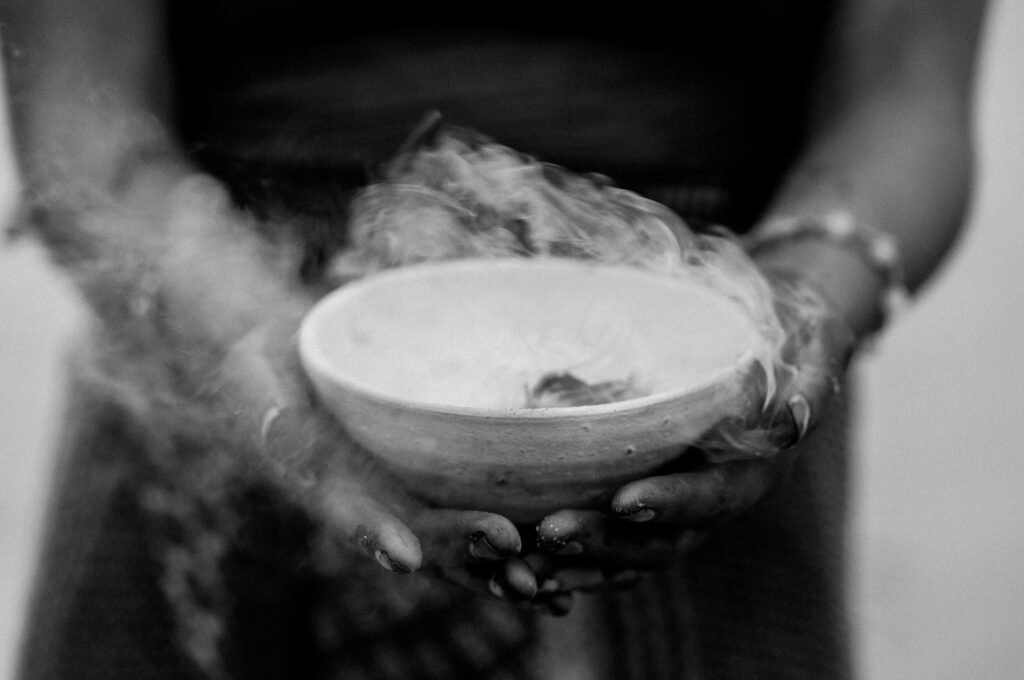
Local Ecologies of Food as Medicine
The Olmec, Maya and Aztec peoples knew cacao to be a primary remedy. In the ‘Florentine Codex’ ’ dated 1590 suggested a remedy of cacao beans to alleviate fever, shortness of breath and heart conditions. It seems that cacao was used by medical practitioners as a tool to improve digestion, release mental fatigue, and beyond.
Sourcing our food as medicine – should be as local or regional as possible; which is linked to the global chain, climate change, fossil fuels, etc. If one hosts a cacao ceremony in Southeast Asia and source my cacao from South Americas (half way around the globe), this is not ethical or in service of our relationship to the plants and to the earth. Rather, it creates further waste and is not in alignment towards a more ecological future. A simple shift in our awareness when it comes to sourcing our cacao, may offer a little less waste on our planet; especially in the name of ceremony.
Resources on Cacao in Asia
The Missing Story: The Spread of Cacao and the Popularity of Cocoa Production in Asia
What makes Philippine cacao special?
Cacao Story: Tableya, Sikwate, Tsamporado, and the Rich Filipino Chocolate Tradition
History of Cacao
